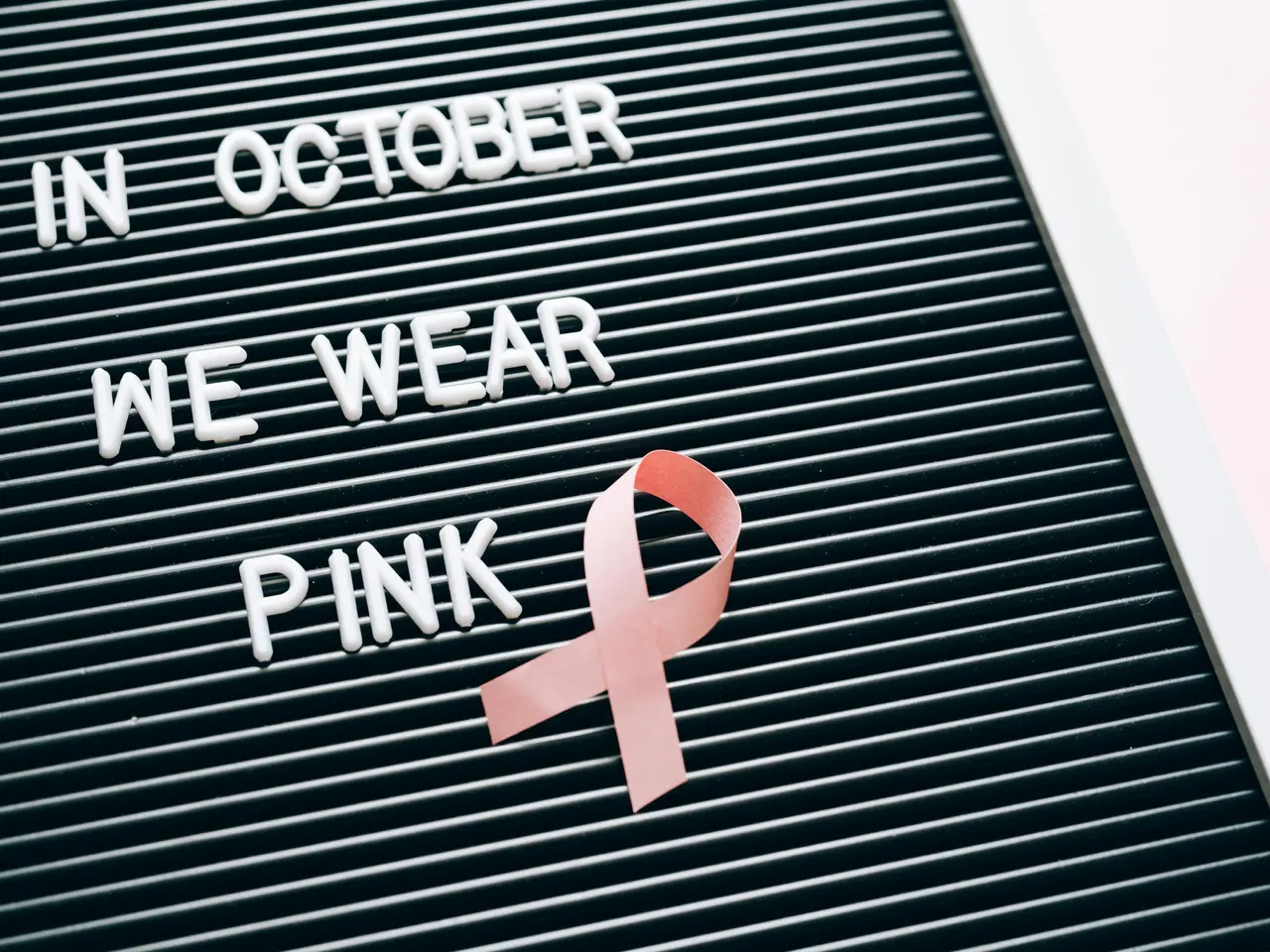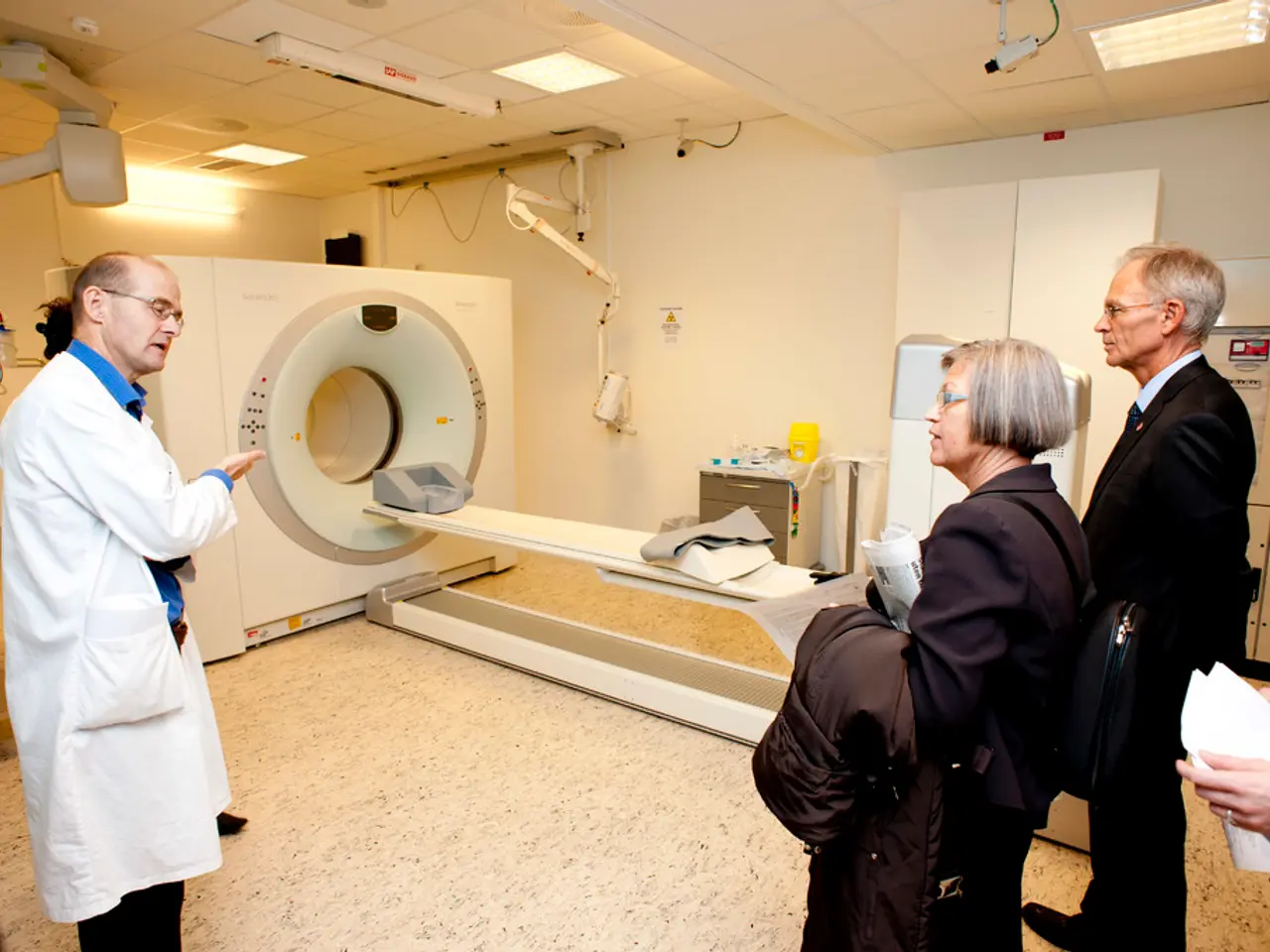Breast Cancer in Black Women: Frequently Asked Questions
Black women in the United States are more likely to receive a diagnosis of metastatic breast cancer than their white or Asian/Pacific Islander counterparts, and are also more likely to die from the disease [1]. This disparity is due to a combination of biological factors and social determinants, including structural racism, healthcare access, and comorbidities.
Biological Factors
Higher Incidence of Aggressive Cancer Subtypes
Black women are more likely to be diagnosed with triple-negative breast cancer (TNBC), a more aggressive and harder-to-treat form of the disease [2]. This may be linked to factors including biological predispositions and structural racism influencing cancer subtype prevalence [3].
Comorbidities
Black women with breast cancer have significantly higher rates of hypertension, diabetes, high cholesterol, and obesity at diagnosis [1]. These conditions negatively affect breast cancer outcomes despite standard treatments.
Genetics and Tumor Biology
Limited genetic research focused on Black women has restricted understanding of unique risk profiles and tumor characteristics, contributing to disparities in treatment effectiveness and survival [2].
Social Factors
Structural Racism
Racial disparities in education, employment, incarceration, and political participation correlate with increased risk of aggressive breast cancer and delayed treatment among Black women [3]. Structural racism contributes to higher comorbidity rates and less access to timely, quality care.
Healthcare Access and Insurance
Disparities in insurance coverage and access to supplemental screenings (e.g., MRI) disproportionately exclude Black women, even though they face higher rates of false-negative mammograms and aggressive breast cancers [2][5].
Social Determinants of Health (SDOH)
Economic instability, neighborhood deprivation, and employment inequities increase treatment delays and mortality risk. Racial gaps in SDOH exacerbate these disparities, with Black women experiencing poorer survival outcomes even when controlling for socioeconomic factors [2][3][4].
Screening and Detection Disparities
Many screening policies rely on criteria (e.g., breast density, lifetime risk calculations) less sensitive to Black women's risk profiles, leading to underutilization of supplemental screening and delayed diagnosis [5].
In summary, biological factors like higher aggressive cancer subtype prevalence and comorbidities interact with social and structural factors such as racism, healthcare access limitations, and socioeconomic disparities to drive higher breast cancer rates and worse outcomes for Black women in the U.S. [1][2][3][4][5]
It's important to note that social determinants of health, such as access to healthcare, health insurance coverage, healthcare discrimination, and healthy physical, emotional, and social environments, can also play a role in breast cancer outcomes.
Experts suggest that lowering the recommended screening age for Black women may help reduce disparities in breast cancer outcomes. Additionally, a growing body of research suggests that breastfeeding may play a role in breast cancer prevention.
Certain bath and body care products may contain cancer-causing ingredients or chemicals that disrupt hormone signaling in the body, such as polyethylene glycol, polyethylene, polyoxyethylene, chemicals ending in -eth or -oxynol, phthalates, and parabens. The MD Anderson Cancer Center advises caution when using hair straightening or smoothing products, which may contain formaldehyde.
From 2012 to 2018, more than half of females with breast cancer survived for at least 5 years after receiving their diagnosis. With appropriate access to treatment, the 5-year relative survival rate for metastatic breast cancer is the same for all racial and ethnic groups. However, disparities in diagnosis, testing, and treatment may negatively affect the outlook for Black females with breast cancer.
In 2019, Black mothers reported the lowest rates of breastfeeding initiation among all recorded racial and ethnic groups in the United States. This, combined with the increased risk associated with certain beauty and skin care products, highlights the need for increased awareness and education about breast health and cancer prevention for Black women.
[1] American Cancer Society. (2021). Breast Cancer Facts & Figures. Retrieved from https://www.cancer.org/content/dam/cancer-org/research/cancer-facts-and-statistics/breast-cancer-facts-and-figures/breast-cancer-facts-and-figures-2021-2022.pdf
[2] National Cancer Institute. (2021). Breast Cancer in African Americans. Retrieved from https://www.cancer.gov/about-cancer/understanding/risk/races-ethnicities/breast-cancer-african-americans
[3] American Cancer Society. (2021). What Are the Risk Factors for Triple-Negative Breast Cancer? Retrieved from https://www.cancer.org/content/dam/cancer-org/research/cancer-facts-and-statistics/breast-cancer-facts-and-figures/breast-cancer-facts-and-figures-2021-2022/what-are-the-risk-factors-for-triple-negative-breast-cancer.pdf
[4] American Cancer Society. (2021). What Are the Key Statistics About Breast Cancer? Retrieved from https://www.cancer.org/content/dam/cancer-org/research/cancer-facts-and-statistics/breast-cancer-facts-and-figures/breast-cancer-facts-and-figures-2021-2022/what-are-the-key-statistics-about-breast-cancer.pdf
[5] American Cancer Society. (2021). Screening for Breast Cancer. Retrieved from https://www.cancer.org/content/dam/cancer-org/research/cancer-facts-and-statistics/breast-cancer-facts-and-figures/breast-cancer-facts-and-figures-2021-2022/screening-for-breast-cancer.pdf
- Black women in the United States are more prone to metastatic breast cancer than their white and Asian/Pacific Islander counterparts, due in part to higher incidences of aggressive cancer subtypes like triple-negative breast cancer (TNBC).
- One reason for this may be linked to biological predispositions and structural racism influencing cancer subtype prevalence.
- Black women with breast cancer also have significantly higher rates of comorbidities such as hypertension, diabetes, high cholesterol, and obesity, which can impact treatment effectiveness and survival.
- Social determinants of health, such as education, employment, and political participation, play a role in increasing the risk of aggressive breast cancer and delayed treatment among Black women, due to structural racism.
- Healthcare access and insurance disparities disproportionately exclude Black women, leading to underutilization of supplemental screening and delayed diagnosis.
- Certain social factors, such as economic instability, neighborhood deprivation, and employment inequities, further increase treatment delays and mortality risk for Black women with breast cancer.




